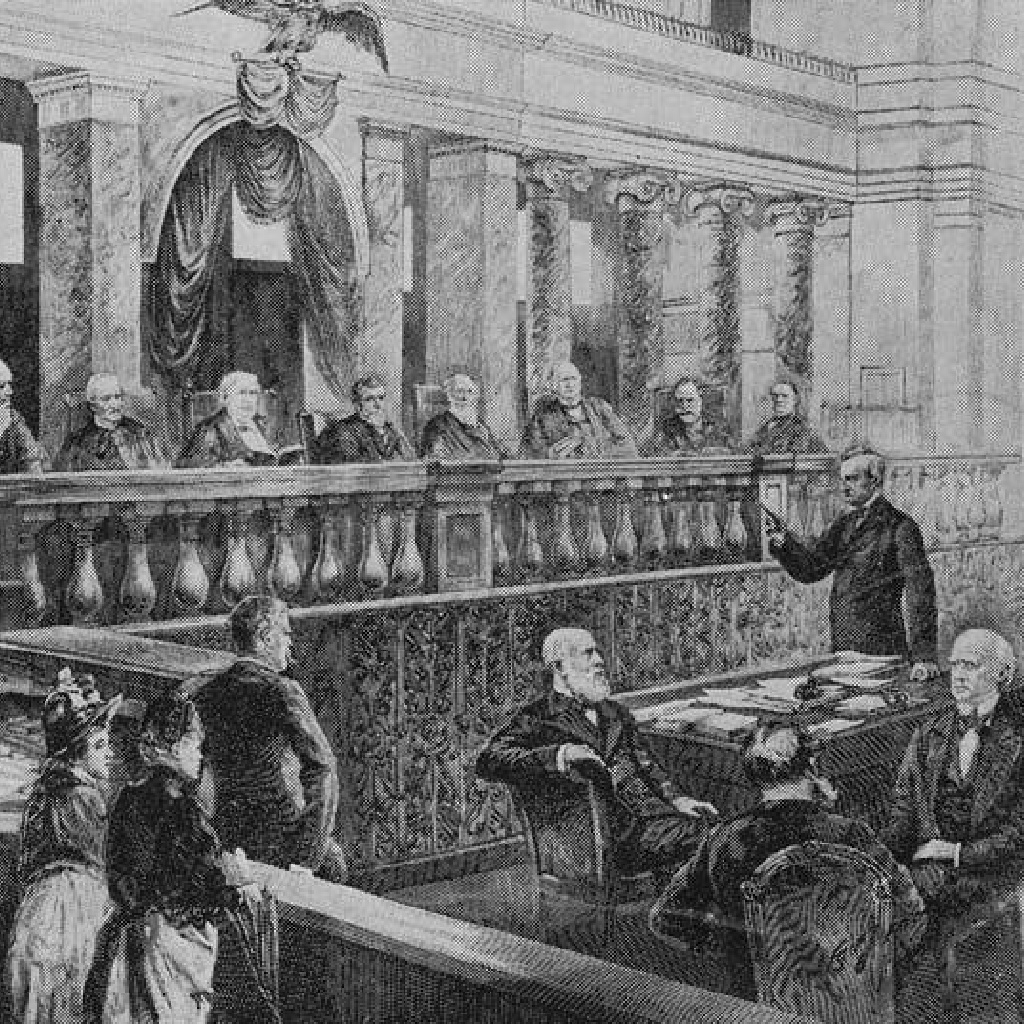It’s intriguing to think about the perspective we will have after death when we are no longer tethered to our current historical context. What essential elements of our mortal experience will be retained, and what will we be recognized as contingent to the particular time we lived? As I look ahead to a less confined point of view, I am humbled in the here and now. What am I not noticing or seeing accurately because I am so accustomed to the water in which I am swimming in my suburban Canadian life in 2024?
I have loved spending time in the writings of the great hermeneutic philosopher Hans-Georg Gadamer (1900-2002). Through him, I better understand my perceptual limitations. Specifically, Gadamer had great concern that we do not recognize our limited vision in the scientific age. Due to all that has been discovered and learned—and with the resultant improvement to the quality of life—human finitude is often not acknowledged. We have become overconfident in our ability to reason. According to Gadamer, what obscures understanding “is the very supposition that there is, or at least could be, some state of reason that is impartial and complete, not situated within.”
In his magnum opus, Truth and Method, Gadamer explains:
Every finite present has its limitations. We define the concept of ‘situation’ by saying that it represents a standpoint that limits the possibility of vision. Hence, essential to the concept of situation is the concept of ‘horizon.’ The horizon is the range of vision that includes everything that can be seen from a particular vantage point. Applying this to the thinking mind, we speak of narrowness of horizon, of the possible expansion of horizon, of the opening up of new horizons, and so forth.
As Gadamer describes our limited vision, he also offers the possibility of expanding its range. Yes, we are situated with a specific vantage point, but the very awareness of this can work against a narrowing of our horizon. He explains that through “real experience … man becomes aware of his finiteness.” Through active involvement in life experiences, new vistas are opened to us. Human experiences are relational, and Gadamer describes them as I-Thou relationships because they are subject-to-subject in nature rather than subject-to-object. We are participants in experiences and not simply objective observers. Human finitude is often not acknowledged.
When I was first introduced to Gadamer, his approach to tradition resonated with me and was a breath of fresh air. In my academic studies, I have encountered thinkers who view tradition as an oppressive force. Some writers are overt in their critique of tradition, while others more implicitly assume its negative nature while deconstructing what previous generations embraced. As someone who is fully immersed in a rich tradition, as a member of The Church of Jesus Christ of Latter-day Saints, Gadamer offered me a different approach. I can be transparent about my vantage point while attempting to openly approach dialogical experiences with another’s situatedness and vantage point. I knew that my transparency had been noted when my thesis supervisor good-naturedly described me as ‘deep in’ my religion. I told him that was an apt description. Yes, I am fully situated in the Church with its beliefs, history, and tradition. And while my situatedness could be viewed as a hindrance, I have become more confident, not less, that participation in the Church provides for meaningful, dialogical experiences that broaden horizons. While we don’t always embrace all opportunities offered by the Church, there are so many experiences that have the potential to increase our range of vision if we approach them with openness.

For example, think of temple worship, and particularly of the endowment ceremony. In the temple, the past and present are fully mediated as we are encouraged to think back to premortal life, the creation, and to the fall of Adam and Eve. We are invited to place ourselves within the context of what is happening by actively participating through making covenants in addition to putting on symbolic, sacred clothing. Messengers of God are represented from a different time in history as we are taught about our future potential of being in God’s presence. The past and the present are further mediated as we do proxy temple work for our ancestors. During this continual movement in time, we are not meant to remain observers but are encouraged to be fully situated within the experience.
Consider another example: scripture study. As we read sacred writings, we encounter people who also sought God. Their lifespans proceeded ours by centuries and millennia, but they, too, were taught by prophets. Due to our belief in a living church and an open canon, we read scripture in a unique way. Because we have experienced prophets teaching in the present, we read scripture with confidence but without the rigidity that can result when prophets are confined to the past. In the temple, the past and present are fully mediated.
Neal A. Maxwell, a late member of the Quorum of the Twelve Apostles of the Church of Jesus Christ, masterfully spoke of the mediation of the past and the present in scripture. He taught:
The holy scriptures represent mankind’s spiritual memory. And when man’s connection with scripture is severed, mortals are tragically deprived of an awareness of spiritual history, blinding the eyes of faith … The scriptures produce much-needed historical perspective ‘concerning your fathers, and also the marvelous works which were wrought by the power of God among them’ (Mormon 7:9) … One of the unique features of the living church of Jesus Christ is its ever-expanding body of fundamental spiritual knowledge about man’s identity and purpose, which enlarges ‘the memory of this people (Alma 37:8) … Thus nourished by a menu blending antiquity and futurity, church members need never ‘faint in [their] minds’ (Heb. 12:3). Instead, we can be intellectually vibrant.
Maxwell connects the mediation of time with intellectual vibrance. While any horizon is susceptible to narrowness, I’m convinced that the restored Gospel offers an amazing and vibrant vantage point to see the world. The Church of Jesus Christ of Latter-day Saints is a living church, and while situated in mortal time and place, ancient and modern prophets point us toward Jesus Christ, who is the ultimate dialogical partner who transcends time.

















